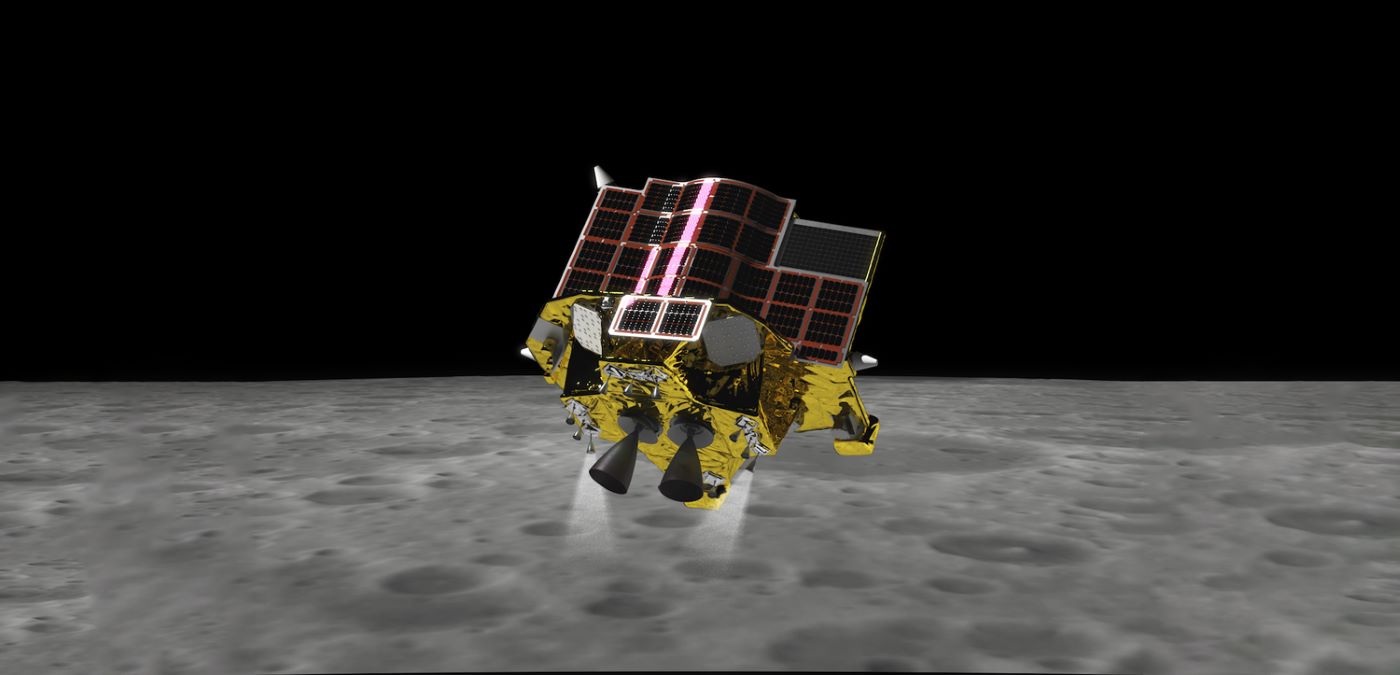Introduction
The Japanese Aerospace Exploration Agency (JAXA) is about to achieve something incredible. They’re getting ready to launch a mission called SLIM, which stands for Smart Lander for Investigating Moon. This mission is all about going to the Moon and learning new things. It’s scheduled to take place on August 26th, Japan time. This is a big deal because it can help us figure out better ways to land on the Moon and explore other parts of our solar system.
Big Goals of SLIM
SLIM might be small in size, but it has big goals. It’s about 7.9 feet tall, 8.8 feet wide, and 5.6 feet deep. The mission is focused on landing very precisely on the Moon. This is important because it could change the way we land on other planets and moons in the future. It’s like a pioneer paving the way for more challenging space explorations.
Being Super Precise
One really important thing about SLIM is that it wants to land just 328 feet away from where it’s supposed to be. It’s aiming for a place called Shioli Crater on the Moon’s near side. This crater is about 984 feet wide and it’s in a spot called Mare Nectaris. Scientists chose this place carefully using information from a Japanese orbiter SELENE (Kaguya) that studied the Moon back in 2007.
Why Precision Matters for the Future
JAXA, the space agency, knows that landing precisely is going to be super important as we explore more space. As we learn more, we want to explore really specific and interesting spots. This will help us learn more about the universe.
Making Future Exploration Easier
SLIM isn’t just about now – it’s also about the future. The mission is testing out new ways of exploring space. It’s built to be light, which is good because it means we can explore more places without carrying a heavy load. This might also help us bring back samples from places we visit.
How SLIM Works and What It Has
SLIM weighs about 1,300 pounds (589.6kg) when it was launched. A lot of this weight comes from the fuel it needs to travel to the Moon. The spacecraft has a landing radar for landing and uses image matching and obstacle detection. to help it land safely on the Moon’s surface. It also has a special base made of a special kind of aluminum foam that can handle the landing impact.
When it gets to the Moon, SLIM will use a multiband camera to look at the rocks on the Moon’s surface. It’s going to study a kind of mineral called olivine (The mineral olivine is magnesium iron silicate with the chemical formula (Mg, Fe)2SiO4), which might come from deep inside the Moon and it is equipped with a small laser retroreflector array. That will help scientists with their research.
Working Together for a Bright Future
SLIM isn’t alone on this adventure. It’s traveling with another mission called XRISM, which is a joint project between JAXA, NASA, and the European Space Agency. This shows that different countries are working together to explore the Moon in cool new ways.
The Exciting Journey Ahead
This is a really exciting time for JAXA because it’s the first time they’re trying to land on the Moon like this. They’ve learned from past missions, like the one called Hakuto-R that didn’t go as planned. But with SLIM, they’ve been really careful in planning and they have amazing technology. This gives us a lot of hope that the mission will be a big success and teach us lots of new things.
